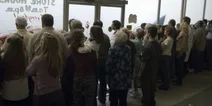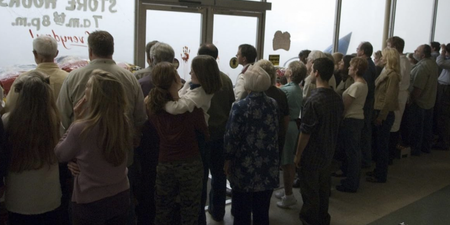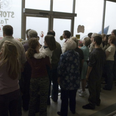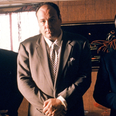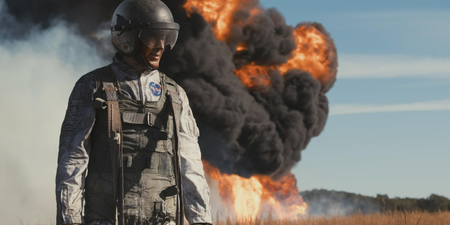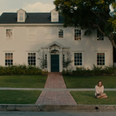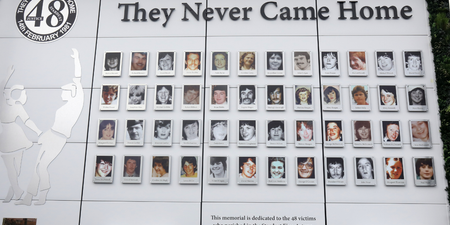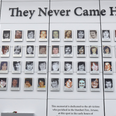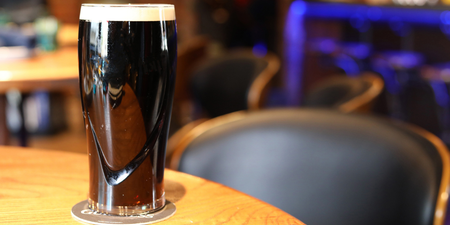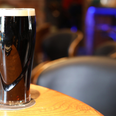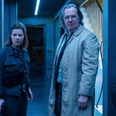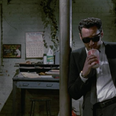Set record because it airs tonight.
17 November 1993. A date that no Irish football fan will forget as Northern Ireland hosted the Republic of Ireland at Windsor Park.
Jack Charlton’s side travelled to Belfast with qualification for the World Cup still up for grabs, but Billy Bingham had his own motivations for wanting to win as he was about to step down as the manager of Northern Ireland after 17 years in the job.
Prior to the match, a 23-year-old Catholic named Paddy McMahon was shot dead in north Belfast by the UDA. It was the first of 26 deaths in 18 days during The Troubles, including the IRA bomb at Frizzell’s fish shop on the Shankill Road and the UFF ‘trick or treat’ massacre at the Rising Sun pub at Greysteel.
Simply put, the atmosphere in the build up to the match was absolutely toxic as the sectarian divide, a nasty war of words between both camps and the very real prospect of violence threatened to overshadow the events on the field.
As documented in ESPN’s brilliant 30 for 30 documentary, Ceasefire Massacre, Ray Houghton said that the build up to the game was unlike any other that he experienced.
“We had police sitting on the bus with us and we were told not to sit next to the windows and to sit, on the aisles really, on the coach heading to the game. There were armoured vans in front and behind of us. It was fearsome,” Houghton said.
Niall Quinn also recalled a chilling anecdote as the Republic of Ireland squad approached Windsor Park.
“I can remember very vividly, and it’s something that will stay with me until I die, coming into Windsor Park and seeing a crowd of very, very young boys – no older than 10 – all pointing to us (Republic of Ireland bus) with imitation guns and pretending to shoot,” Quinn said.
“Then this man, this grotesque man, got them all to kneel down and another group stood up behind them and did the same thing.”
That was a night when the political divisions in Ireland influenced the sporting domain and in RTÉ ‘s new documentary Division: The Irish Soccer Split, the history of football in Ireland will be told.
As you may know, the separation of Ireland’s football associations occurred in 1921 because of a dispute that has long been forgotten.
As documented in The Irish Soccer Split, a book by Cormac Moore, the break essentially stems from a power struggle.
The island was heading towards partition and the wider tensions within the country adversely affected football more than any other sport.

